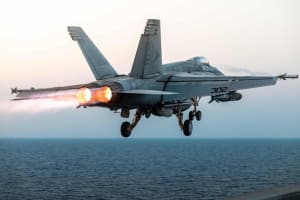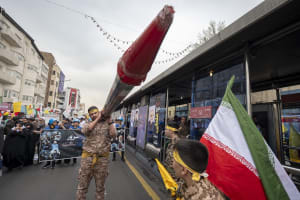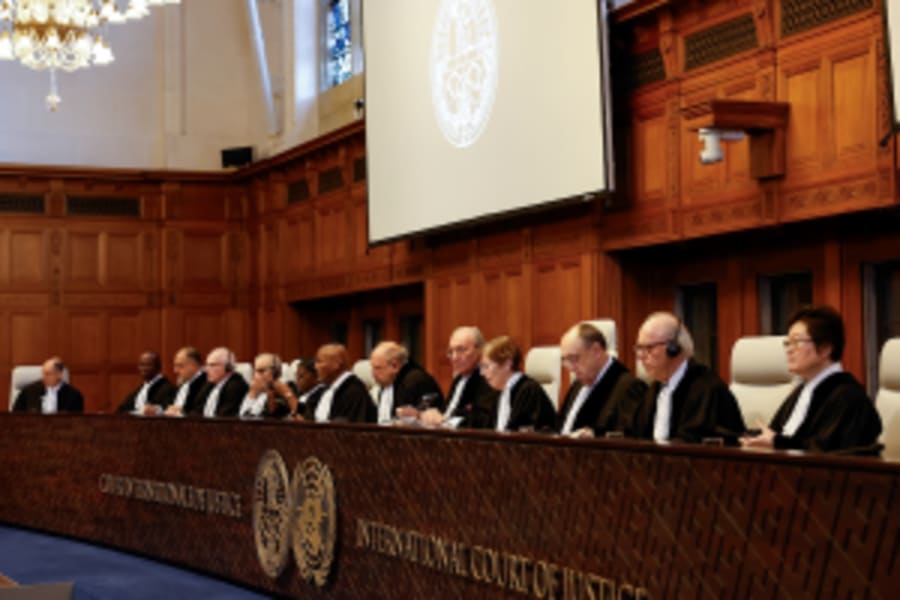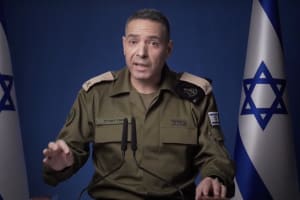Gaza - From rubble to riviera

In the Middle East, a unique demographic exists: Arabs in Israel and the broader region often identify more closely with their neighborhoods, villages, and cities rather than with modern nation states. This distinct form of identification is based on a multitude of historical, cultural, and social factors. According to Dr. Mordechai Kedar, a renowned expert in Middle Eastern politics and Arab society, this phenomenon can be understood through tribalism, historical continuity, and modern statehood in the Arab world.
Long before the advent of modern nation states, Arab communities were organized around tribes and clans. These social units provided a sense of belonging, security, and identity. Dr. Kedar notes that even as political boundaries shifted and new states emerged, the deep-seated loyalty to these familial and tribal affiliations endured. For many Arabs, their primary loyalty remains with their immediate social group and locality, which has been the cornerstone of their identity for centuries.
The continuity of local traditions and customs further points to the importance of neighborhoods, villages, and cities. In many Arab societies, local customs, dialects, and practices vary significantly from one region to another. These local characteristics are cherished and maintained, fostering a strong sense of pride and attachment to one's immediate community. Dr. Kedar emphasizes that this attachment is not merely a matter of tradition but a lived reality that shapes everyday interactions and social cohesion.
The relatively recent and, at times, artificial creation of modern nation states in the Arab world has also contributed to the preference for local identification. Many of the current national boundaries were drawn by colonial powers with little regard for the existing social and tribal areas. This often resulted in states that encompassed different and sometimes conflicting groups. Dr. Kedar asserts that the lack of a unifying national identity, coupled with political instability and ineffective governance in some countries, has led many Arabs to rely more on their local communities for a sense of belonging and support.
In regions where political and social instability are prevalent, personal security becomes a paramount concern. Local communities offer a network of trust and mutual assistance that larger, impersonal nation states may not provide. Dr. Kedar points out that, in many cases, the state is seen as distant or even adversarial, while local leaders and community members are viewed as more reliable and trustworthy. This dynamic reinforces the identification with one's immediate environment over the broader national framework
When envisioning the restoration of Gaza, one might well imagine bustling streets, picturesque coastal facilities, and cutting-edge infrastructure. Drawing architectural inspiration from the shimmering skylines of Doha, Abu Dhabi, and other cities in the Emirates, Chinese construction companies transforming Gaza into a modern marvel as part of an ambitious plan, financed by the Emirates and Saudi Arabia under the control direction of the United States, could transform the devastated Gaza Strip new Mediterranean Rivera during the Trump administration.
The restoration process would begin with a detailed topographic map. Every contour, elevation, and coastal feature charted to maximize the effective use of Gaza's land. This planning map would highlight the potential for urban expansion, the integration of green spaces, and the strategic positioning of essential facilities.
Gaza's coastline, on the Mediterranean Sea, would be transformed into a thriving hub of activity. The development could include state-of-the-art ports to facilitate trade and transportation, boosting Gaza's economic potential. Additionally, the coastline could well feature recreational facilities, including beaches, parks, and promenades, drawing both locals and tourists to its shores.
Recognizing Gaza's historical reliance on fishing, the plan would include modernizing the fishing industry. New facilities would be constructed to support sustainable fishing practices, ensuring the industry's longevity, and providing employment opportunities for the local population. Advanced processing plants will add value to the catch, creating a supply chain that benefits both domestic markets and international exports.
Solar Energy
In an era where renewable energy is paramount, Gaza's restoration plan places a significant emphasis on solar energy. Solar farms will be strategically placed to harness the abundant sunlight, providing a reliable and sustainable source of power. This initiative not only addresses Gaza's energy needs but also positions it as a leader in green energy within the region.
A New Airport
Connectivity is key to Gaza's transformation. A new international airport could be constructed, linking Gaza to major global cities and fostering economic growth through tourism and trade. Complementing the airport will be an extensive network of roads, ensuring seamless transportation within the city and to neighboring regions. Modern highways and thoroughfares will reduce congestion and enhance the efficiency of movement.
Gaza's skyline will be dotted with high-rise living spaces, reflecting the architectural grandeur seen in Doha and Abu Dhabi. These residential towers will offer apartments with panoramic views of the Mediterranean, catering to both residents and expatriates. In contrast, single family homes will be built in suburban areas, providing a tranquil living environment away from the bustling city center.
A significant portion of the restoration budget would be allocated to infrastructure development. New hospitals, schools, and community centers could be constructed to meet the needs of Gaza's population. Advanced water and sewage systems will ensure hygienic living conditions, while reliable internet and telecommunication services will keep Gaza connected to the digital world.
During the restoration period, temporary settlements can be established in the, Negev or Sinai Peninsula. This settlement would house workers and their families, providing comfortable living conditions while they contribute to Gaza's transformation by working and earning money. The temporary settlement should be equipped with essential services, including healthcare, education, and recreational facilities, ensuring a high quality of life for its inhabitants. It might be possible to accommodate some people temporarily in Judea and Samaria as well in a tent city.
Chinese construction companies, renowned for their efficiency and expertise, could spearhead the construction efforts. Their fast-track construction methods, combined with advanced technology and project management, will ensure the timely completion of the project. The companies will work in close collaboration with local authorities and international partners to achieve the ambitious goals set for Gaza's transformation. It is important that Gazans return to their homes as soon as possible. Fast building is a must.
The restoration plan should be backed by substantial financial investments from the Emirates and Saudi Arabia. These funds will cover the costs of construction, infrastructure, and essential services, ensuring that no aspect of the plan is overlooked. The United States will provide strategic direction, overseeing the project's progress and ensuring that it aligns with the broader goals of regional stability and economic growth.
In just a few years, Gaza might well emerge as a beacon of modernity and prosperity. The transformation, inspired by the architectural brilliance of the Emirates and executed by the skilled hands of Chinese construction companies, will breathe new life into the region. With state-of-the-art facilities, sustainable energy solutions, and a vibrant urban landscape, Gaza will stand as a testament to the possibilities of collaboration, innovation, and visionary planning as the Emirates of Gaza -a part of the sovereign State of Israel.

Aurthur is a technical journalist, SEO content writer, marketing strategist and freelance web developer. He holds a MBA from the University of Management and Technology in Arlington, VA.














